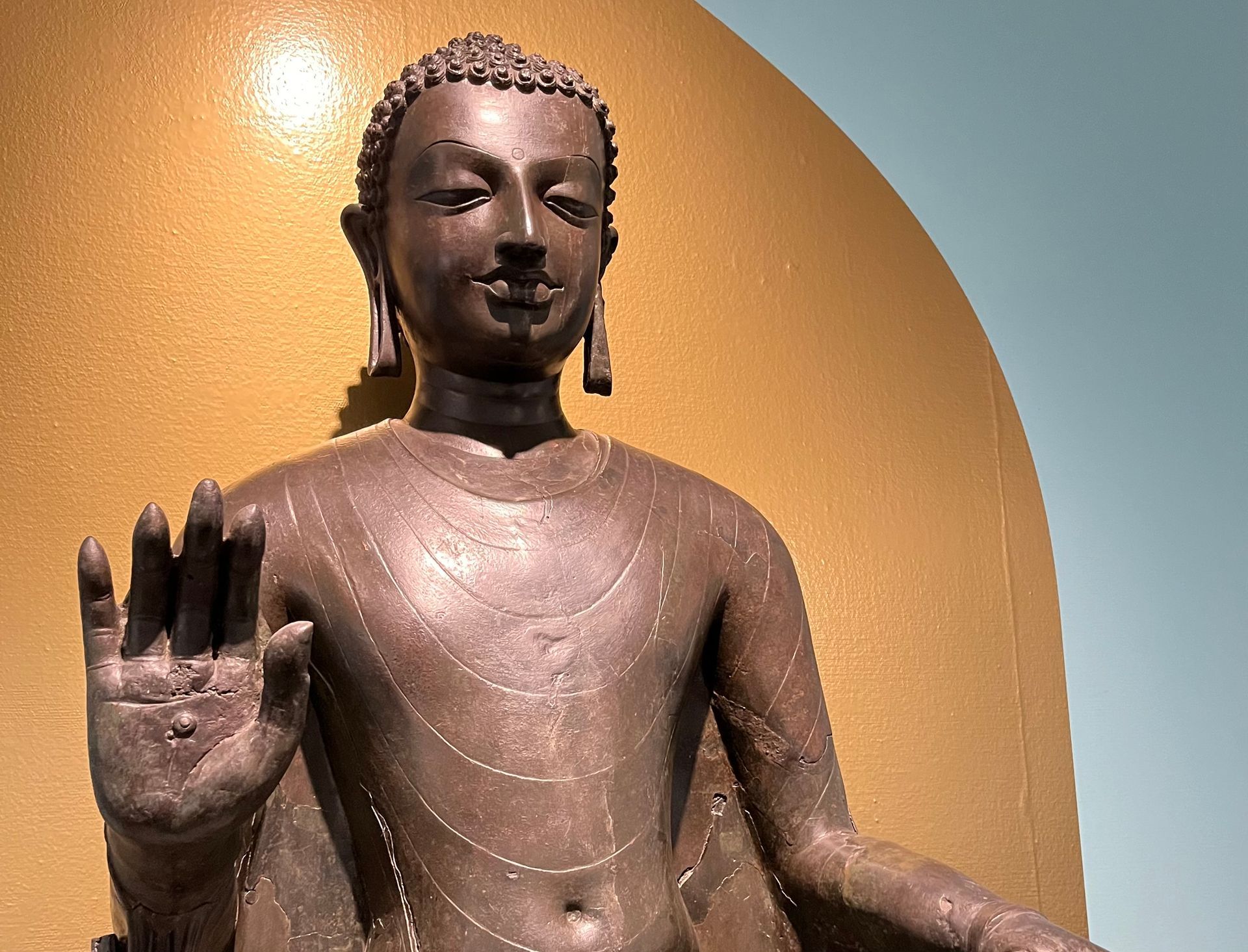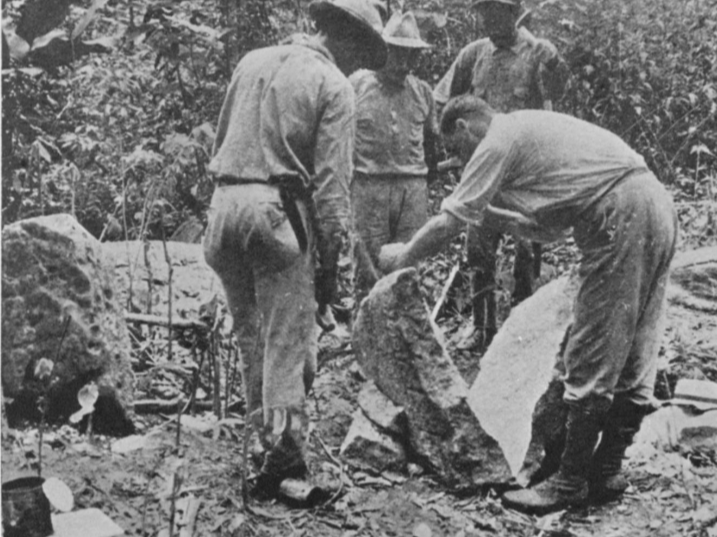Cultural Restitution
SHARE ARTICLE
If the United Kingdom is really serious about 'levelling up', it’s time we started returning Britain’s own home-grown treasures to the regional museums nearer to where they were discovered. That's what author and Middle East historian James Barr argues in today’s edition of UnHerd, the online platform for new and bold thinking,
That means relocating King Raedwald’s Anglo-Saxon warrior helmet, now the centrepiece of the British Museum’s exhibition about the Sutton Hoo discovery, to Tranmer House, next to the King’s original royal burial site in Suffolk.
Or returning the Lindisfarne and St Cuthbert Gospels back to Northumbria, where they could be displayed together at the Bede Museum in Jarrow.
The tide may be turning, according to Barr in his uncompromising article, Forget the Marbles – give the North East its treasures back . He points to the successful crowd-funder campaign launched by the Birmingham Museum and the Potteries Museum, Stoke, which enabled two regional collections to step ahead of the British Museum and acquire the incomparable Staffordshire Hoard, the largest hoard of Anglo-Saxon gold ever found in Britain.
Of course, the British Museum can find plenty of valid reasons not to return the treasures in its collection, representing different epochs across Britain’s regions. For example, Mrs Edith Pretty, the estate owner where the Sutton Hoo ship burial was discovered, chose to donate the entire find to the British Museum. Why shouldn’t the Museum continue to honour her wishes? There’ll be security considerations, environmental and conservation factors as well. And of course, there’s the British Museum Act, which prevents deaccessioning from the nation’s collection.
But the Act doesn’t prevent loans. Neither does it prevent the establishment of regional outposts. Just think of the economic and cultural benefits to our regions if the trustees of the British Museum were to follow the example of trustees at the Tate, who’ve successfully diversified their permanent collection outside London to Liverpool and St Ives.
Regional museums are not without their challenges and financial sustainability is probably their greatest challenge.
But James Barr makes a powerful case. If Britain is intent on de-centralising resources and powers out of London, then reversing Britain’s 200-year-old policy of concentrating all our national treasures within a few square miles of London makes perfect sense.
It will certainly give those living outside London more reasons to visit their local collections and may help drive more overseas tourists to a wider number of destinations, stimulating more local economies.
Photo: Reconstruction of the Sutton Hoo helmet, circa. 625 AD
Courtesy of Wikimedia Commons
COMMENT
Richard Fitzwilliams (18 April '20)
In theory this sounds excellent. In practice it begs the questions, where would they be placed as you say but also who would see them? Short loans, perhaps periodic loans but certainly not permanent loans surely?



